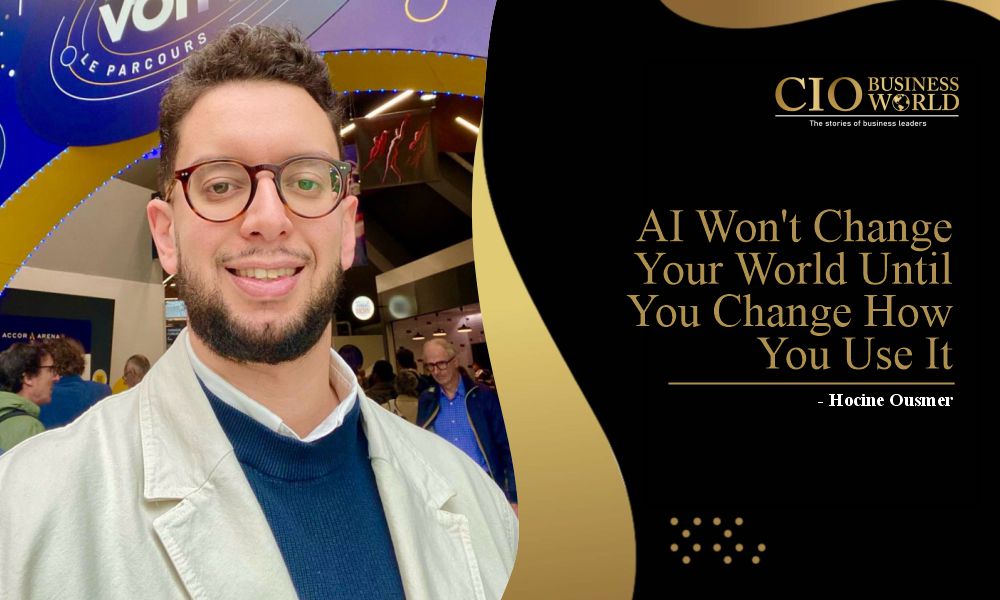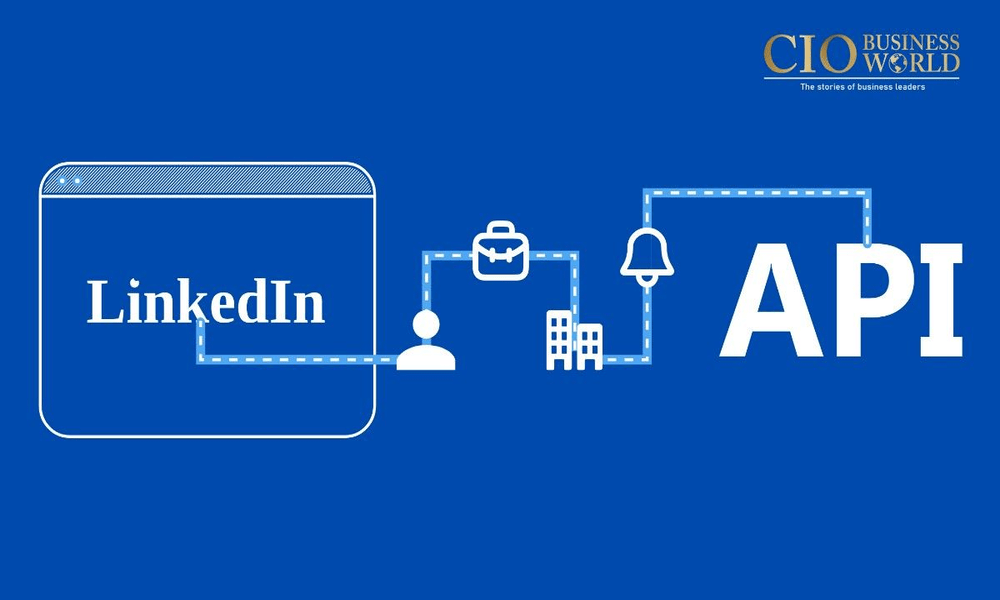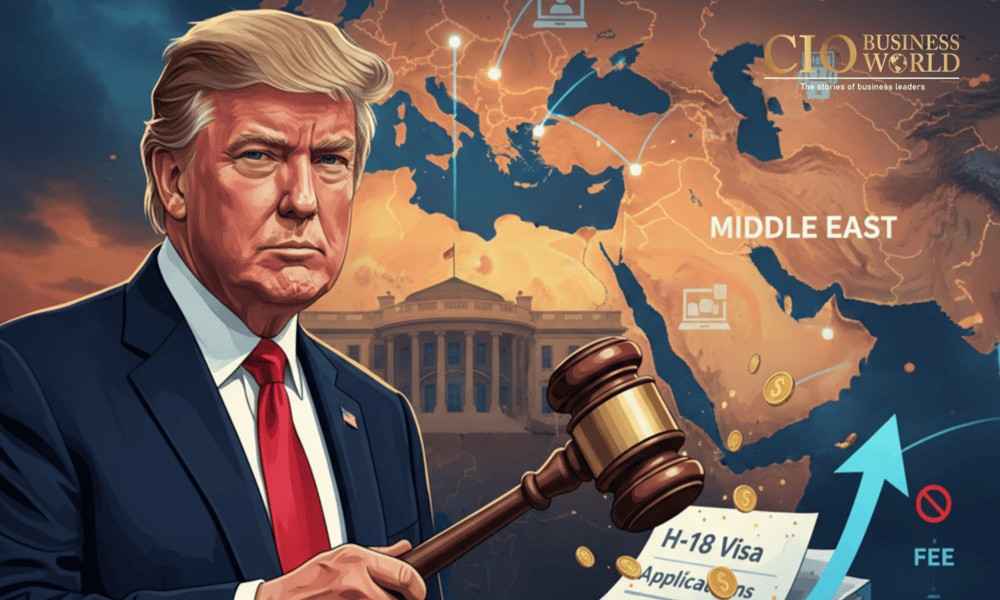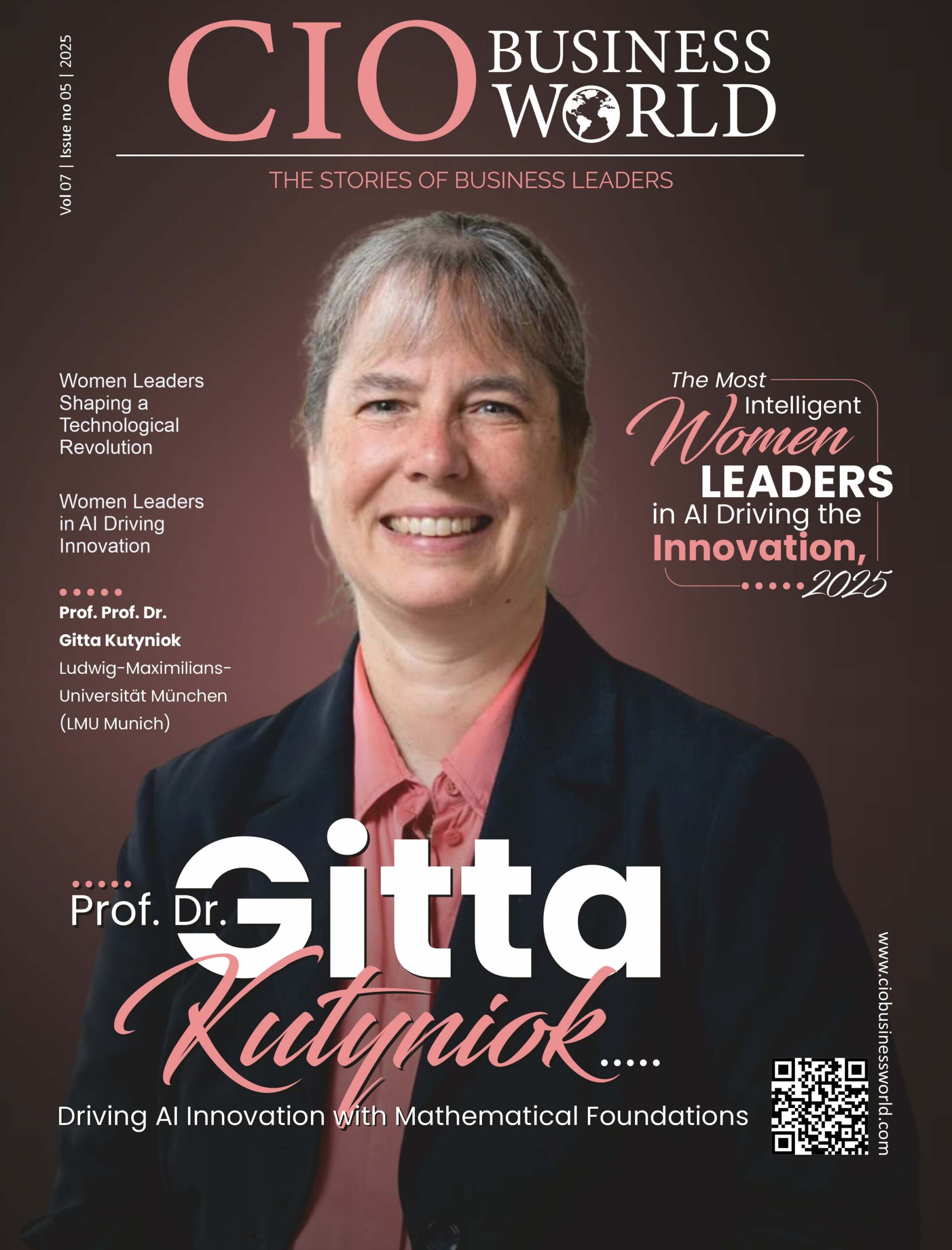Munich International Airport (Flughafen München) stands as one of Europe’s most prominent and well-structured aviation hubs, serving as the main international gateway to Southern Germany and connecting millions of travelers across continents. Officially known as Franz Josef Strauß International Airport, this remarkable facility is located approximately 28 kilometers northeast of Munich city center, in the district of Erdinger Moos. Since its opening in 1992, it has earned a global reputation for efficiency, architecture, and world-class passenger service, making it one of the top-rated airports worldwide.
A Brief History of Munich Airport
Before the current Munich International Airport came into existence, air traffic in the region was managed by the old Munich-Riem Airport, which opened in 1939. However, with increasing passenger demand and expansion limitations, authorities decided to relocate to a larger site. Construction began in 1980, and after twelve years of meticulous planning and development, the new Munich Airport (MUC) was inaugurated on May 17, 1992.
Named after Franz Josef Strauß, the former Prime Minister of Bavaria, the airport symbolizes Bavaria’s economic strength and global connectivity. Over the years, Munich Airport has undergone several expansions, including the opening of Terminal 2 in 2003 and its satellite terminal in 2016, which further elevated its international status.
Strategic Location and Connectivity
Munich International Airport occupies a central position in Europe, making it a key transit hub for international travelers. Its location allows seamless connectivity to major European cities like Vienna, Zurich, Prague, and Milan, as well as to transatlantic and Asian destinations.
The airport is well-connected to Munich city via the S-Bahn suburban train lines S8 and S1, which link the terminal to the city center in approximately 35–40 minutes. Additionally, highways A92 and A9 provide fast road access, while bus and taxi services operate 24/7 for travelers seeking comfort and convenience.
Terminals and Infrastructure
Terminal 1 – The Original Hub
Terminal 1 handles a diverse mix of airlines, including non-Star Alliance carriers, charter flights, and low-cost airlines. It consists of five modules (A–E), each equipped with separate check-in counters, security areas, and departure gates. Designed for efficiency and comfort, Terminal 1 also includes premium lounges, shopping arcades, and restaurants offering global cuisines.
Terminal 2 – Lufthansa and Star Alliance Home
Opened in 2003, Terminal 2 is operated jointly by Lufthansa and Munich Airport GmbH (FMG). It is primarily dedicated to Star Alliance partners, ensuring smooth transfers and premium experiences. The Terminal 2 Satellite, inaugurated in 2016, expanded the airport’s capacity by an additional 11 million passengers per year, offering advanced boarding gates, panoramic lounges, and sustainable design innovations.
Passenger Experience and Services
Munich International Airport is consistently ranked among the top five airports worldwide by organizations like Skytrax. Its emphasis on passenger comfort, digital services, and hospitality sets a benchmark in global aviation.
Facilities and Amenities
- Luxury Lounges: Premium lounges, including Lufthansa’s First Class Lounge, offer private suites, fine dining, and spa services.
- Dining and Shopping: Over 150 shops and restaurants offer everything from international brands to authentic Bavarian delicacies.
- Airport Hotel: The Hilton Munich Airport, located between Terminals 1 and 2, provides luxury accommodation, conference facilities, and wellness areas.
- Recreation Spaces: The Visitors Park and Airport Brewery (Airbräu) allow passengers to relax, dine, and even enjoy freshly brewed German beer inside the terminal complex.
Sustainability and Innovation
Sustainability is a core value at Munich International Airport. The management has implemented various initiatives to reduce the airport’s carbon footprint and increase energy efficiency.
- Renewable Energy: A significant portion of airport energy is sourced from solar panels and renewable systems.
- Green Operations: Advanced waste management, electric ground vehicles, and eco-friendly construction materials contribute to its green certification.
- Carbon Neutral Goal: Munich Airport aims to achieve net-zero carbon emissions by 2035, a commitment that reflects Bavaria’s broader environmental objectives.
In recognition of its green efforts, Munich Airport has been awarded multiple international certifications, reinforcing its position as a leader in sustainable aviation.
Airlines and Global Routes
Munich International Airport (MUC) serves as a major hub for Lufthansa and its partners, connecting to more than 200 destinations across 70+ countries. It is Germany’s second-busiest airport after Frankfurt and one of the busiest in Europe in terms of international traffic.
Major Airlines Operating at MUC:
- Lufthansa
- Air France
- Emirates
- Qatar Airways
- British Airways
- Turkish Airlines
- Singapore Airlines
- United Airlines
Popular International Routes:
- Munich – London Heathrow
- Munich – New York (JFK)
- Munich – Dubai
- Munich – Singapore
- Munich – Paris Charles de Gaulle
Cargo Operations and Economic Impact
Beyond passenger traffic, Munich Airport is a significant logistics and cargo hub. The Munich Airport Cargo Center (MACC) manages millions of tons of freight annually, serving as a vital connection for European trade, automotive industries, pharmaceuticals, and technology goods.
Its efficient customs processes, advanced cold storage systems, and proximity to major industrial centers like Stuttgart and Nuremberg make it a preferred choice for global logistics companies.
Economically, the airport plays a central role in Bavaria’s economy, supporting more than 35,000 jobs and contributing billions to regional GDP. It attracts international businesses, conventions, and tourism, further enhancing Munich’s reputation as a global hub.
Future Development and Expansion Plans
Looking ahead, Munich International Airport continues to invest in innovation and infrastructure. Plans include:
- Expansion of Terminal 1 East Wing to increase passenger capacity.
- Enhancement of runway systems for improved operational efficiency.
- Integration of biometric boarding systems for faster and contactless processing.
- Development of a third runway (pending approval) to accommodate growing air traffic demand.
The airport’s strategic focus on digital transformation, passenger-centric design, and green aviation technologies ensures that it will remain at the forefront of European air travel for decades to come.
Awards and Global Recognition
Munich Airport has consistently received international accolades, including:
- Skytrax 5-Star Airport Rating (one of only a few in Europe)
- Best Airport in Europe (multiple years)
- World’s Best Airport Staff Service
- Recognition for cleanliness, punctuality, and innovation
These awards reflect the airport’s unwavering commitment to excellence and its position as a benchmark for modern air travel.
Conclusion
Munich International Airport (MUC) is not just a transportation hub—it is a symbol of German precision, Bavarian hospitality, and global connectivity. From state-of-the-art infrastructure to eco-friendly innovations and premium services, it continues to redefine the standards of modern aviation.
Whether traveling for business, leisure, or transit, passengers passing through Munich experience one of the most efficient, comfortable, and beautifully designed airports in the world.
















